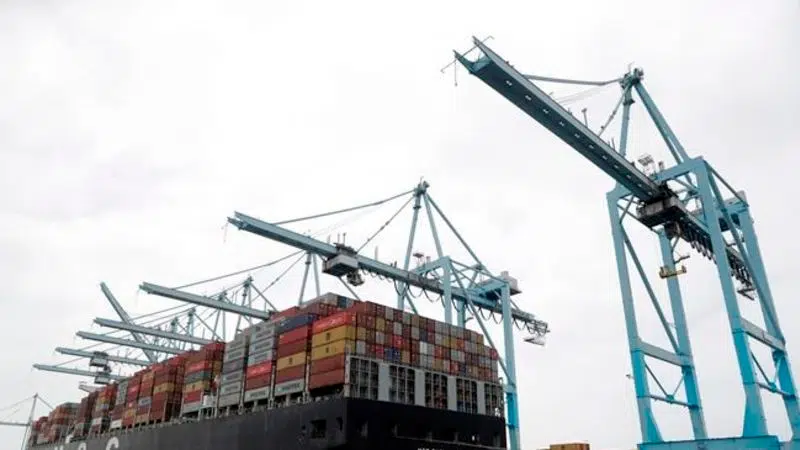
US economy grew at solid 3.1% rate in first quarter
WASHINGTON — The U.S. economy grew at a healthy 3.1% rate in the first three months of this year, but signs are mounting that growth has slowed sharply in the current quarter amid slower global growth and a confidence-shaking trade battle between the United States and China.
The gain in the gross domestic product, the broadest measure of economic health, was unchanged from an estimate made a month ago, the Commerce Department reported Thursday. However, the components of growth shifted slightly with stronger business investment and consumer spending slowing more than previously estimated.
Economists believe growth has slowed sharply in the current April-June quarter to around 2%. They expect similar meagre gains for the rest of the year, a forecast that runs counter to the Trump administration’s expectations for strong growth above 3%.
The 3.1% growth in the first quarter marked a rebound from a 2.2% growth rate in the fourth quarter of last year. But it was slower than a sizzling increase of 4.2% in the second quarter and a solid increase of 3.4% in the third quarter last year. For all of 2018, GDP grew 2.9%, the best annual gain since 2015.
